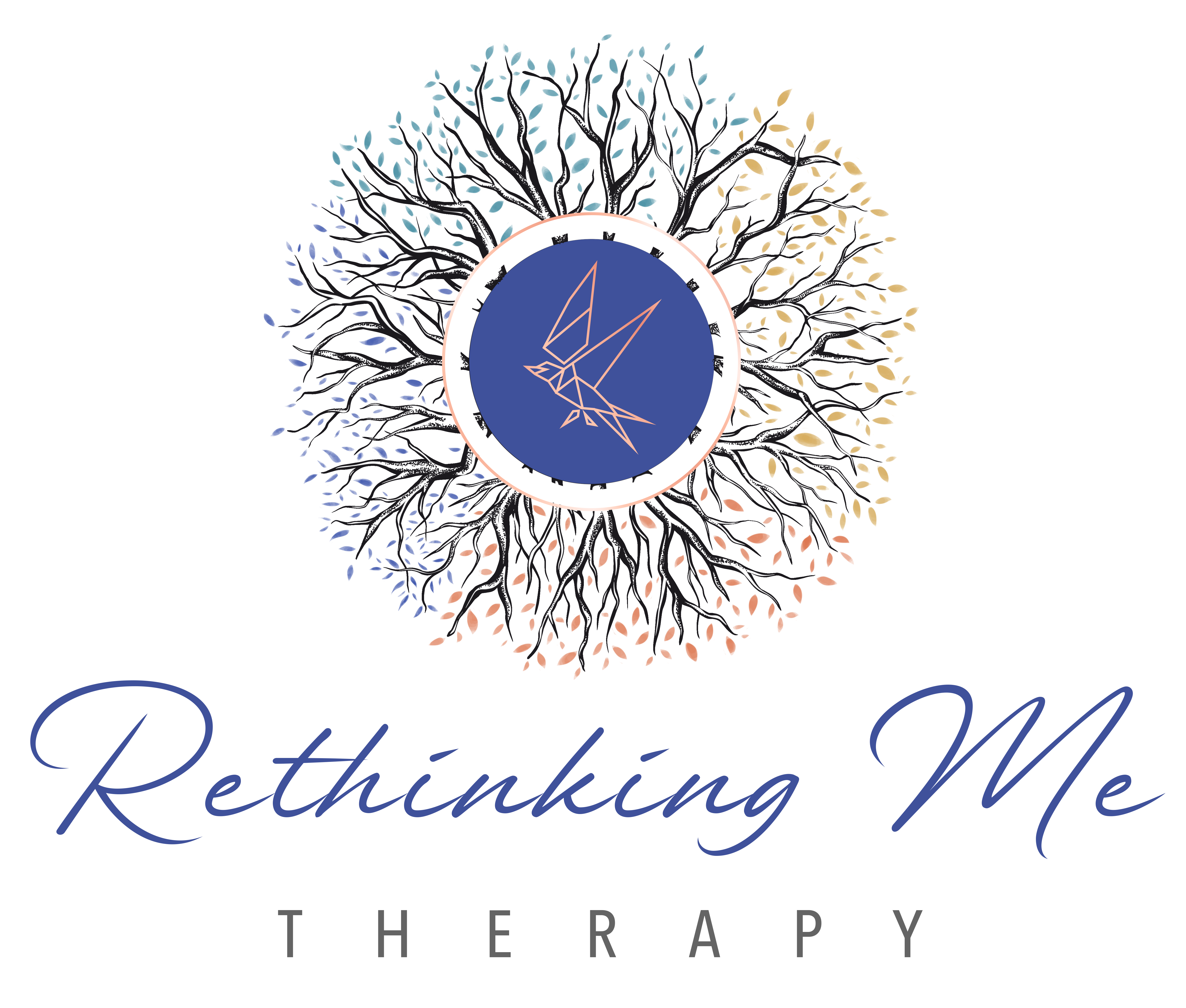
With so many therapists and therapy specialties available, finding the right fit for your mental health needs can feel overwhelming or like navigating a maze. What’s liberating about the many therapeutic paths available is that one of them will likely speak to you directly. The flip side is that wading through the sea of choices can be a chore in itself ad can be so daunting that you may start and stop this process multiple times. Want to know why therapy sessions in and around Atlanta, Georgia, can cost anywhere from $30 to $300? Let’s break down the different types of therapy and what drives those prices. By the end, you’ll have a clearer understanding of which therapeutic approach might be best for you.
Why Do Therapy Prices Vary So Much?
In Georgia, the cost of therapy sessions can range significantly. Here are some factors that contribute to this variation:
- Experience and Qualifications: Therapists with extensive experience or advanced qualifications may charge higher rates. Specialized training, certifications, and years of practice influence pricing. Master level interns and Associate therapists at times have lower self-pay costs ranging from $25-100 per 60-minute session.
- Location and Office Costs: Therapists operating in more populated or prime locations may have higher overhead costs, reflected in their session fees to cover the costs of business. Conversely, those in less central areas might charge less. You may be curious, and think ‘well if I find a fully remote or telehealth therapist will my investment be cheaper?’ The answer is “it depends” and is ultimately up to the therapist and their own goals and obligations. They may have rates just as competitive as other therapists in the area, or even more, as this does not take away from their experience and training.
- Type of Therapy: Certain types of therapy require specialized training and may therefore be more expensive. Modalities like somatic therapy or intensive trauma-focused therapy such as EMDR, Brain-spotting, Accelerated Resolution Therapy, couple or family therapy, and Intensives might cost more than general counseling.
- Session Length: Standard sessions are typically 50 minutes long, but some therapists offer longer or shorter sessions, impacting the cost.
- Insurance and Self-Pay Options: If you’re able to and for some would even say ‘if you’re lucky’, you’ll find a therapist who is not only a good fit for you but also takes your insurance if you are not in the position for self-pay rates, which means you’ll pay less cash up front. Other therapists operate on a self-pay basis only, which can range from affordable sliding scale fees to premium rates. Of course, you have the option of using a Superbill for some reimbursement of therapy costs ranging from 30-80% if the therapist is out-of-network (OON). It’s always best to check and understand your insurance benefits prior to beginning therapy services.
- Sliding Scale: Affordable therapy becomes a reality when some therapists adjust their rates based on a client’s income, lifting financial barriers to mental health support. Please don’t hesitate to self-advocate and ask if a therapist has any sliding scale or scholarship slots available.
Knowing these factors inside and out helps you set realistic expectations and pairs you with a therapist who shares your financial priorities and who fits your budget. Now, let’s delve into the different therapy modalities available.
Therapy Modalities and Specialties at Our Practice

Choosing the right type of therapy involves understanding how different modalities work and which might best address your needs. Here are some of the specialties and modalities offered at our practice, Rethinking Me Therapy:
Rational Emotive Behavior Therapy (REBT)
REBT focuses on identifying irrational beliefs and challenging them to develop healthier emotional responses. Think of it as hitting the reset button on negative thought cycles that fuel anxiety, depression, and stress.
Cognitive Behavioral Therapy (CBT)
Breaking free from self-destructive thinking often requires outside help. That’s where cognitive behavioral therapy comes in – rewriting negative scripts that hold you back. CBT is one of the most popular, highly recognized, and commonly used therapy modality.
CBT expertly cracks the code on how our thoughts convert into emotions and drive our actions, thus empowering individuals to transcend harmful cycles and emerge with a refreshingly optimistic outlook without forcing yourself into ‘toxic positivity’. Through this therapeutic process, you’ll dispel the mental fog, identifying and then rewriting stubborn thought patterns that no longer serve you, gradually giving rise to a brighter, more hopeful perspective. Of all the mental health challenges out there, anxiety, depression, PTSD, and eating disorders are perhaps the most responsive to this approach.
Internal Family Systems (IFS) Therapy
IFS explores the different “parts” within oneself, aiming to harmonize internal dynamics. Rather than being focused on trying to act or behave in a certain way and allows space for all of you rather than being focused on pathologizing, demonizing, changing, or minimizing the way we are without truly understanding why. Armed with this therapy style, you’ll be empowered to break free from the grip of past traumas and hurt, rein in anxiety’s debilitating hold, and rebuild any fracturing of your self-esteem – evolving into a stronger, more compassionate version of yourself while promoting an increase in self-awareness.
Narrative Therapy
Narrative therapy empowers clients to reshape their life stories. Imagine your troubles as wisps of fog obscuring your true self. When you confront and vanquish these external specters, you free yourself to rediscover a more radiant, confident you – unfettered by the burdens of trauma , low self-esteem, and shame.
Art Interventions
Art therapy uses creative expression to explore emotions, reduce anxiety, and improve mental health. Verbal communication can be a roadblock for some; this tool helps clear the way.
Geek Therapeutics
Imagine a space where you’re able to discuss a recent DnD session, or an upcoming con like Momocon or Dragoncon, or a recent manga chapter or episode on an anime, or a character from a book or game you’re obsessed with and you want to express how you relate to them or the storyline without feeling the need to overexplain or feel awkward and insecure on if the person on the other side listening gets it or believes it to be weird or “childish”– that’s where Geek Therapeutics comes in.
Think video games, superhero obsessions, and an endless fascination with all things pop culture – geek therapy brings it all together to make therapy sessions feel more like fun and games. Don’t worry you’ll still be “doing the work”. This form of therapy is building bridges between people and taking on problems like social awkwardness, social anxiety, self-esteem, assertiveness, anxiety attacks, and depressive episodes – that’s where it shines.
Dialectical Behavior Therapy (DBT)
DBT combines cognitive-behavioral techniques with mindfulness practices. Borderline personality disorder, self-harm, and those struggling to manage emotions – these are just a few areas where this method really proves its worth.
Schema Therapy
Rethinking patterns learned in childhood is at the core of schema therapy. This distinctive therapeutic approach helps people remake these early attitudes and habits.
To get to the root of our stuck patterns, schema therapy cleverly blends the best strategies from CBT, attachment theory, and psychoanalytic thought. This form of talk therapy-zeroes in on swapping out distorted thought patterns for healthier ones, which in turn boosts mental well-being. The way we think, believe, and act is deeply influenced by our early years, when our schemas – or mental blueprints – start taking shape, affecting how we see ourselves and others. Through schema therapy, people can finally put their finger on the underlying reasons they keep falling into the same old patterns and are empowered to start rewriting their life story. Chronic relationship difficulties and deep-seated personality troubles don’t stand a chance against this potent method.
Attachment Theory
Therapies based on attachment theory focus on understanding how early relationships influence current behavior and relationships. Most commonly you’ll find out if you have a secure attachment, anxious attachment, disorganized, or avoidant attachment style and how that effects different areas of your life such as work, school, friendships, and romantic relationships. Heal, reflect, and reconcile – this approach paves the way for smoother relationships and a more peaceful you.
Somatic Therapy
Somatic therapy focuses on the connection between the mind and body. By merging physical elements – think movement, breath control, and meditation – we can start to shake off stress, trauma, and pent-up tension. Imagine being able to shed some of that emotional baggage by tackling the tangible, physical effects of trauma – that’s exactly what this approach does, resulting in lower stress levels. For individuals dealing with the aftereffects of trauma, the weights of stress and anxiety, or the burdens of addiction and chronic pain, this path forward has shown significant promise.
Mindfulness
Mindfulness-based therapies emphasize present-moment awareness and acceptance. Boost your mood, calm your nerves, and kick stress to the curb – all with the help of these simple yet highly effective relaxation techniques. For some individuals they may not gravitate to mindful practices due to a racing mind or lack of comfortability with being still, or even just not wanting to be alone with their own thoughts and feelings.
Cognitive Processing Therapy (CPT)
CPT is a specific type of CBT designed for PTSD. Clients can break free from the agony of PTSD by reframing their traumatic memories, silencing the constant reminders of a painful past. This form of therapy is often completed within 12-15 sessions.
How These Modalities Complement and Differ from Each Other
Understanding the nuances of each therapy can help you choose the one that best aligns with your needs. Here’s how they complement and differ from each other:
Complementary Approaches
- CBT and REBT: Both focus on challenging and changing unhelpful thought patterns but differ in technique. When it comes to addressing “wonky” thinking or irrational beleifs, REBT gets straight to the point, whereas CBT rolls out a roadmap that helps you make sense of the connections between your thoughts, feelings, and behaviors.
- IFS and Narrative Therapy: Both promote self-awareness and self-compassion. Internal relations take center stage in IFS, whereas Narrative Therapy steps in to rebirth personal narratives and reshaping your life story.
- DBT and Mindfulness: With mindfulness serving as its foundation, DBT seamlessly intersects with other compatible methods. Managing emotions, staying resilient in tough times, and coping with stress are just a few areas where they lend a helping hand.
- Attachment Theory and Schema Therapy: These therapies explore past relationships and core beliefs. Looking back at our early relationships can reveal why we stick to certain habits or attract similar partners. Schema Therapy is a change-making approach that gets to the root of these habits and ingrained patterns, allowing us to create more fulfilling connections.
Differences in Approach
- Art Therapy vs. Traditional Talk Therapy: Sometimes, words can be overwhelming, and that’s where art therapy comes in – providing a visual outlet for clients who struggle to express themselves verbally.
- Somatic Therapy vs. Cognitive Approaches: Somatic therapy emphasizes bodily sensations and physical symptoms, offering a more holistic approach compared to cognitive-focused therapies like CBT.
- Geek Therapy vs. Standard Therapies: What if therapy didn’t feel like therapy? Geek culture-based therapy gets clients invested in the process by speaking their language, leveraging their enthusiasm for fantasy, horror, or superheroes to overcome personal obstacles, compared to more conventional methods.
Choosing the Right Therapy for You

Choosing the right therapy involves considering your specific needs, preferences, and the issues you want to address. Here are some steps to guide you:
- Identify Your Goals: Reflect on what you hope to achieve in therapy. Is anxiety holding you back, are your relationships feeling flat, are you feeling “chained” to something or someone in your past or even present, or is unfinished business from the past weighing you down? Therapy goals call for different approaches, sometimes a mixture
- Consider Your Preferences: Think about whether you prefer structured, goal-oriented therapy (like CBT), more skills based and psychoeducational (like DBT), more experiential (Like Somatic or Art Interventions) or a more exploratory, narrative-based approach (like Narrative Therapy).
- Evaluate Your Comfort with Techniques: Some therapies, like Art Interventions or Somatic Therapy, involve creative or physical elements. Consider whether you’re comfortable with these methods or at least have the willingness to try.
- Research Therapists: Look for therapists who specialize in the modalities that interest you. Before beginning, get information on their credentials, their background and area of expertise, how long they’ve been in business, and what past clients have to say about them. Always do consultations when available to get to know more if a therapists profile or website doesn’t tell you enough.
- Consultation and Fit: Schedule consultations with a few therapists to discuss your goals and see if you feel comfortable with their approach and style. You may even volunteer to do a few sessions first to truly see their style and their approach to your concerns. It’s important to mention this to your therapist and commit to at least 2-3 sessions. At the core of every successful therapy session lies a foundation of mutual respect and comfort, where individuals can openly share their struggles and work towards healing.
Conclusion
The first hurdle in your therapy journey is often finding a style that jives with your personality and goals – and that requires getting familiar with the many modalities out there. Whether you’re drawn to CBT, IFS, DBT, or another approach, there’s a therapy that can help you achieve your mental health goals.
If you’re in the Atlanta area and considering therapy, our practice, Rethinking Me Therapy, offers a range of specialties tailored to meet diverse needs. From REBT and CBT to Art Interventions and Geek Therapeutics, our experienced therapists are here to guide you on your mental health journey. Contact us today to schedule a consultation and start your path to well-being.
